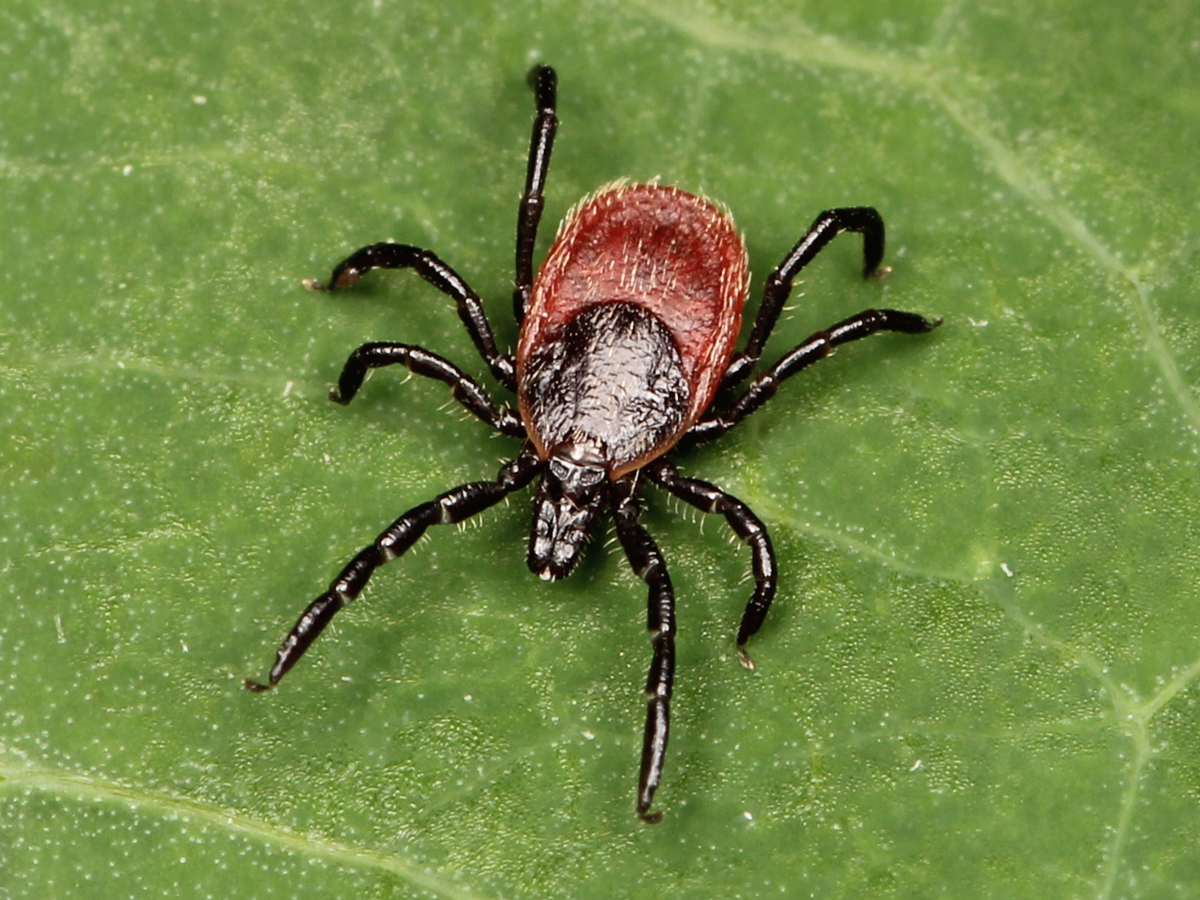4 July 2018
A new bacterium that causes Lyme isease
Posted by Shane Hanlon
This is part of a series of posts from our own Shane Hanlon’s disease ecology class that he’s currently teaching at the University of Pittsburgh Pymatuning Laboratory of Ecology. Students were asked to write popular science posts about (mostly) wildlife diseases. Check out all the posts here.

By Daeun Kim
In 2013, researchers at the Mayo Clinic in Rochester, Minnesota noticed something abnormal with the bacterial DNA while testing blood samples from patients who were suspected of having Lyme disease. At the time, there were only three main species of bacterium that were known to cause Lyme disease: Borrelia burgdorferi, B. afzelii, and B. garinii. Before this discovery, Borrelia burgdorferi was believed to be the only tick-borne parasite that causes Lyme disease in the United States (B. afzelii, and B. garinii. are readily found in Europe and Asia.) This new bacterium species, later named as Borrelia mayonii, can infect humans through the bite of an infected black-legged tick, deer tick. Its genome was sequenced and confirmed by the researchers that it is different enough to be considered a new species.
Even up to now, there is such a limited information out there because only 6 people have been reported to have Lyme disease caused by B. mayonii. The distribution of B. mayonii is also very limited to the upper Midwest states like Minnesota and Wisconsin. The good news is that only 3 percent of 600 collected ticks in Wisconsin was infected with B. mayonii, and there is no record for the presence of B. mayonii in other states yet. I think it is wild that the researchers have recently detected the evidence of B. mayonii considering the amount of effort/time they put into their research on Lyme disease. There is no definitive reason as to why it has not been observed for decades; it is both possible that the bacterium has simply never spotted by humans due to its small population size or that it has recently evolved to be a new species.
Other than its genetical distinction, the researchers have not found many differences that B. mayonii has compared to other species. Lyme disease caused by B. mayonii would have very similar symptoms such as fever, headache, and rash but could also be associated with vomiting and nausea which do not appear in other species. Another interesting fact that the researchers hope to find more information about is that 6 patients who were diagnosed showed higher concentrations of bacteria in their blood than the patients with Lyme disease caused by other species of bacterium. Also, the patients with this new bacterium have been treated with the same types of antibiotics such as doxycycline, Amoxicillin, ceftriaxone, and cefuroxime.
Even though B. mayonii is rarely found in most parts of United States (even in the areas where they do exist), people should be aware that there is a newly identified species that can cause Lyme disease and educate themselves with all the new information about it. It is also important to realize the seriousness of this newly emerging pathogen because it is nearly impossible to predict how this living organism might change in the future.
Sources:
https://www.cdc.gov/ticks/mayonii.html
http://www.health.state.mn.us/divs/idepc/diseases/bmayonii/basics.html
https://www.npr.org/sections/health-shots/2016/02/08/466032063/scientists-discover-a-second-bacterium-that-causes-lyme-disease


 The Plainspoken Scientist is the science communication blog of AGU’s Sharing Science program. With this blog, we wish to showcase creative and effective science communication via multiple mediums and modes.
The Plainspoken Scientist is the science communication blog of AGU’s Sharing Science program. With this blog, we wish to showcase creative and effective science communication via multiple mediums and modes.